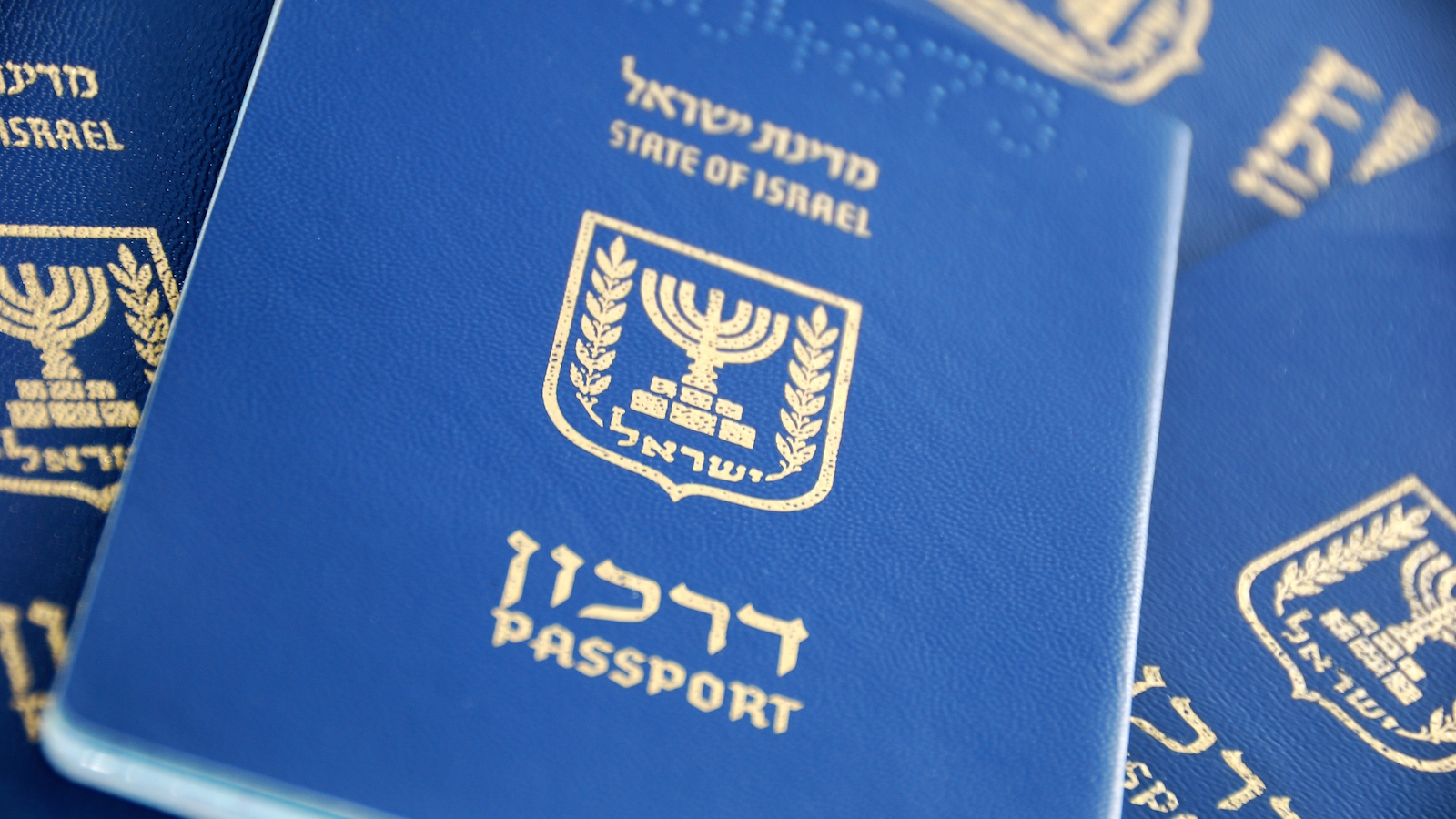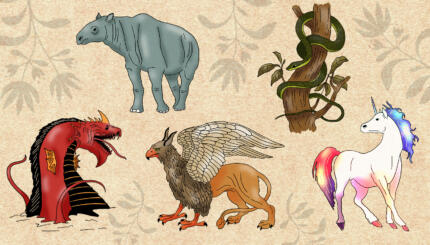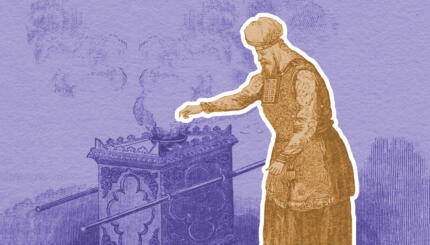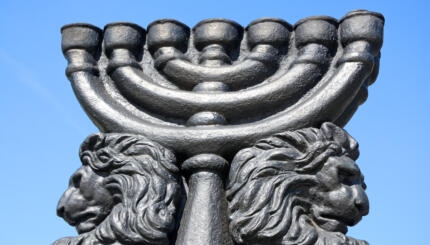Commentary on Parashat Terumah, Exodus 25:1-27:19; Numbers 28:9-15; Exodus 30:11-16
Everyone knows that the principal symbol of Judaism is the six-pointed Star of David. But did you know that the Magen David only became a Jewish symbol in the Middle Ages? Despite its prominence on the flag of Israel and kiddush cups, the Magen David is a rather late representative of Judaism and the Jewish People. For most of our history, and certainly in antiquity, the preeminent symbol of the Jewish religion was the Menorah, the seven-branched candlestick which was found first in the Tabernacle of Moses, and later in the Temple of King Solomon in Jerusalem.
First Mention of Menorah
That menorah is mentioned for the first time in today’s Torah reading, when God tells Moses to “make a lampstand of pure gold…its base and its shaft, its cups, calyxes, and petals shall be of one piece. Six branches shall issue from its sides.” In reading the description of the Menorah, the confusion is overwhelming–the details are so complex that it is easy to despair of ever visualizing it correctly.
That same confusion must have overwhelmed Moses as well. An ancient midrash, recorded in the Talmud as well, states that “three things presented difficulties to Moses, until the Holy Blessed One showed Moses with His finger:…[one was] the menorah, as it is written, ‘and this was the work of the menorah.’” According to another ancient tradition, not God but the angel Gabriel drew a picture so that Moses could see the image that God was portraying in words.
Yet another tradition, found in Midrash Bamidbar Rabbah, holds that Moses kept confusing the details each time he returned to the camp. After forgetting for the third time, God told Moses not to worry, since the artist Betzalel would be able to remember the details correctly, which indeed he did.
With your help, My Jewish Learning can provide endless opportunities for learning, connection and discovery.
Why were those details so impossible to retain? What is the Torah teaching us about human beings and about being human? After all, Moses is able to remember the entire Torah (according to one tradition of how the Torah was recorded), and according to Mishnah Avot, he was able to remember the entire Oral Teaching as well! How could such a skilled and gifted mind have trouble remembering the details of the Menorah?
Perhaps the Torah is telling us that even the most gifted of minds is stronger in some areas and weaker in others. Moses was a great role model for our entire people, yet he too was imperfect. Betzalel, who made no great contribution to Jewish law or Jewish literature, was able to make a timeless contribution that was beyond Moses’ abilities.
Our Unique Strengths
Each of us has some special talent or gift that is our unique strength. No matter how special other people may seem, you are able to bring your unique perspective and insight and talents in a combination that no one else can reproduce. In the words of the Mishnah, “there is no one who doesn’t have their hour, and nothing which does not have its place.” Each one of us, in our own ways, can add something irreplaceable to the luxurious weave of humanity.
Every individual person, like each glistening thread, makes the cloth that much more shimmering and durable. No one can replace you. Perhaps that is also why the Menorah has so many lights. Each one of the seven lights shines in its own uniqueness. In fact, the only thing that can make a menorah treif (ritually impermissible) is if the lights are not all on the same level–precisely even–so that no two lights can be confused as one. So too, the Talmud instructs that no replicas of the Temple menorah can be made or displayed anymore. Perhaps this too is an assertion of the importance of each individual.
Just as the Temple Menorah cannot simply be replaced, so too no human being can simply be replaced. Instead, those seven burning flames testify to the shining light within each human being: “the human soul is the lamp of God.” The light of God’s love, justice, and concern can only illumine the world through the individual light that we shine through our deeds, our communities, and through our performance of mitzvot (commandments).
Like the Menorah of old, we can illumine the world.
Shine brightly.
Provided by the Ziegler School of Rabbinic Studies, which ordains Conservative rabbis at the American Jewish University.
Magen David
Pronounced: mah-GENN dahVEED, Origin: Hebrew, literally "shield of David," this is a Star of David, also known as a Jewish star.
menorah
Pronounced: muh-NOHR-uh, Origin: Hebrew, a lamp or candelabra, often used to refer to the Hanukkah menorah, or Hanukkiah.
Midrash
Pronounced: MIDD-rash, Origin: Hebrew, the process of interpretation by which the rabbis filled in “gaps” found in the Torah.
Mishnah
Pronounced: MISH-nuh, Origin: Hebrew, code of Jewish law compiled in the first centuries of the Common Era. Together with the Gemara, it makes up the Talmud.
Talmud
Pronounced: TALL-mud, Origin: Hebrew, the set of teachings and commentaries on the Torah that form the basis for Jewish law. Comprised of the Mishnah and the Gemara, it contains the opinions of thousands of rabbis from different periods in Jewish history.
Torah
Pronunced: TORE-uh, Origin: Hebrew, the Five Books of Moses.



